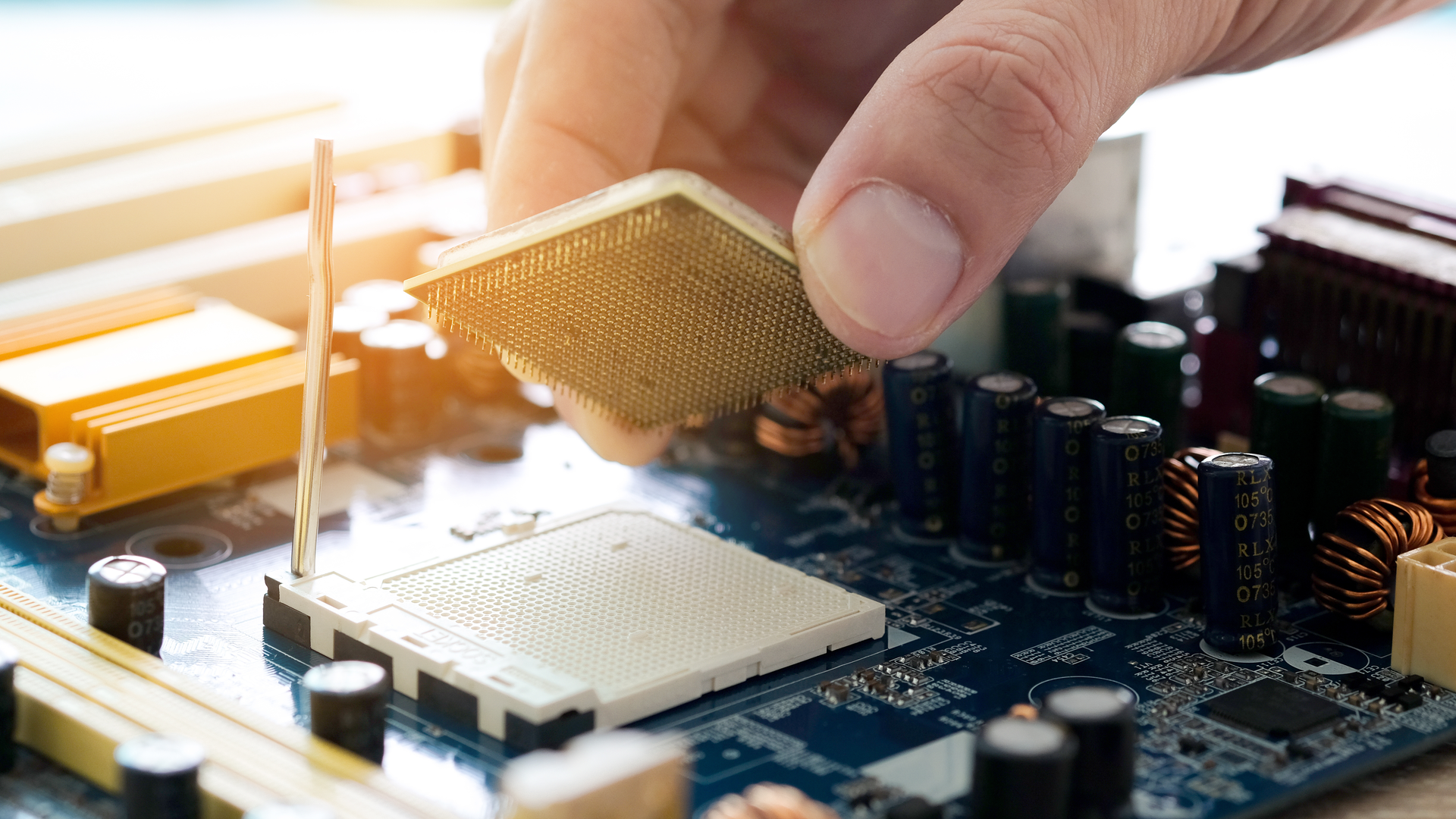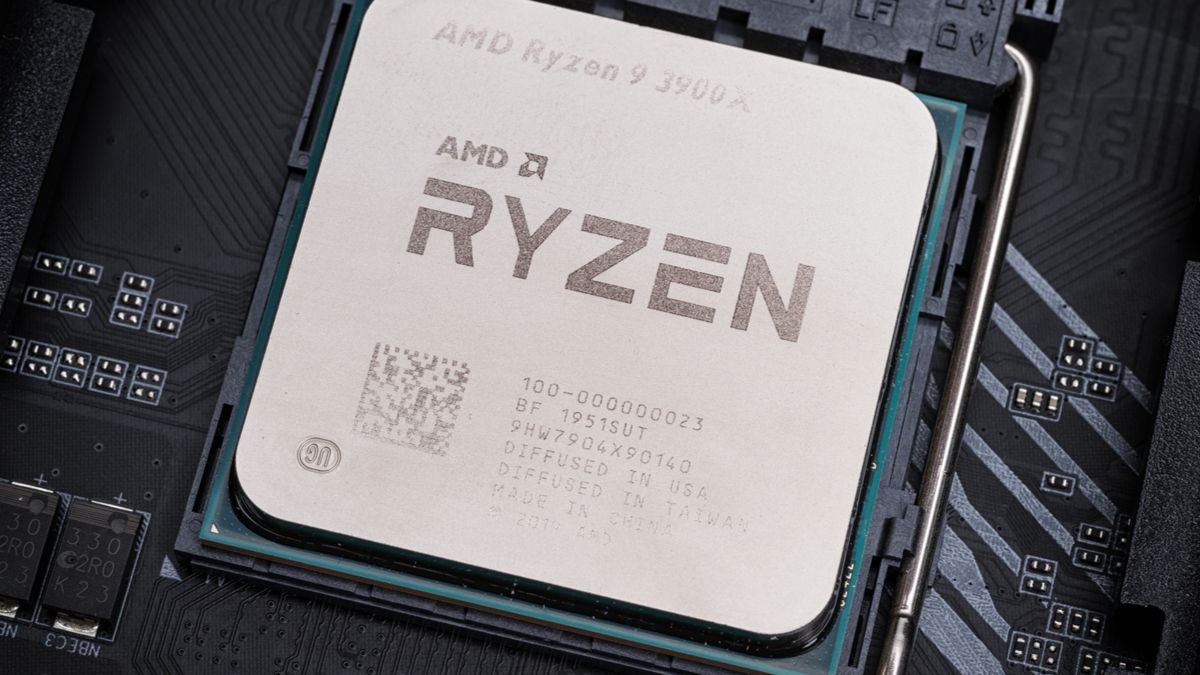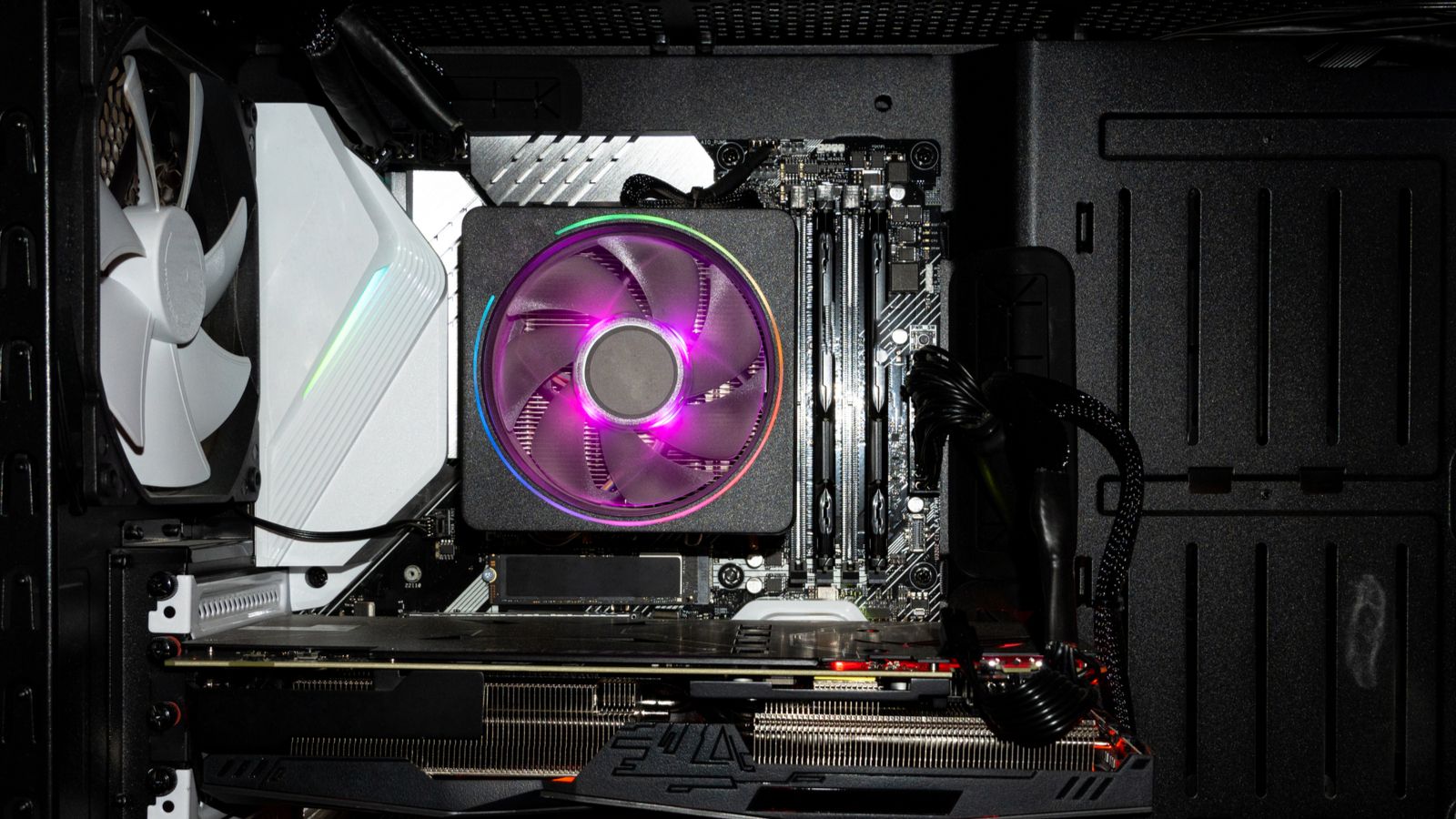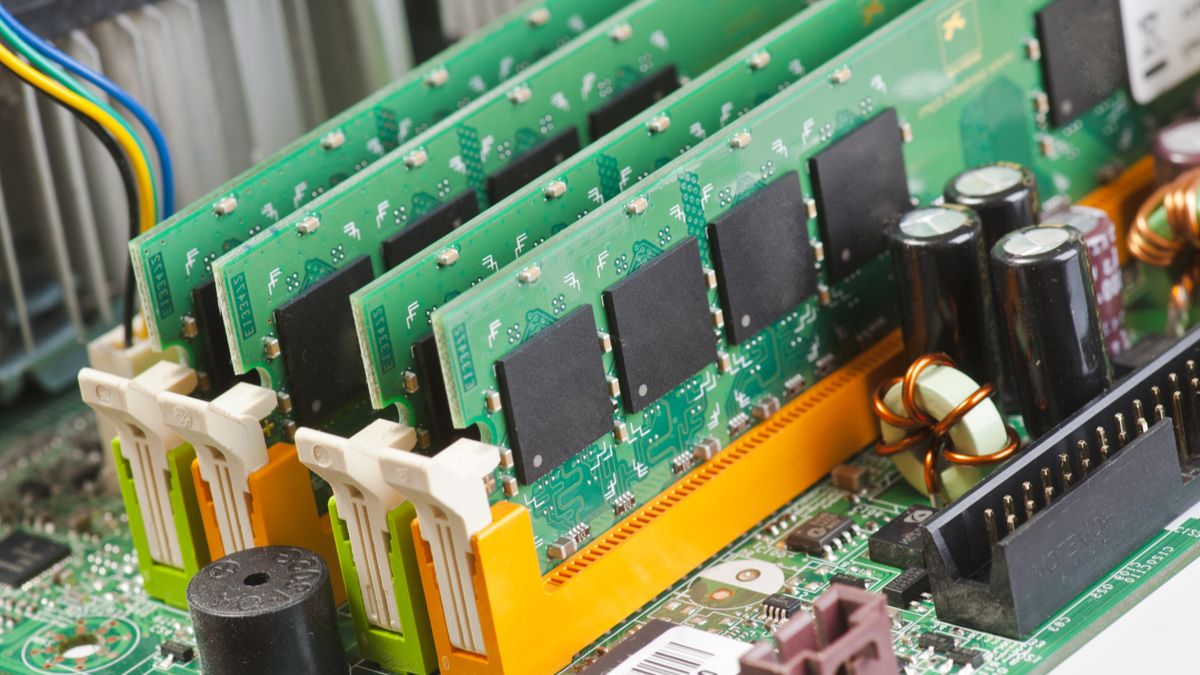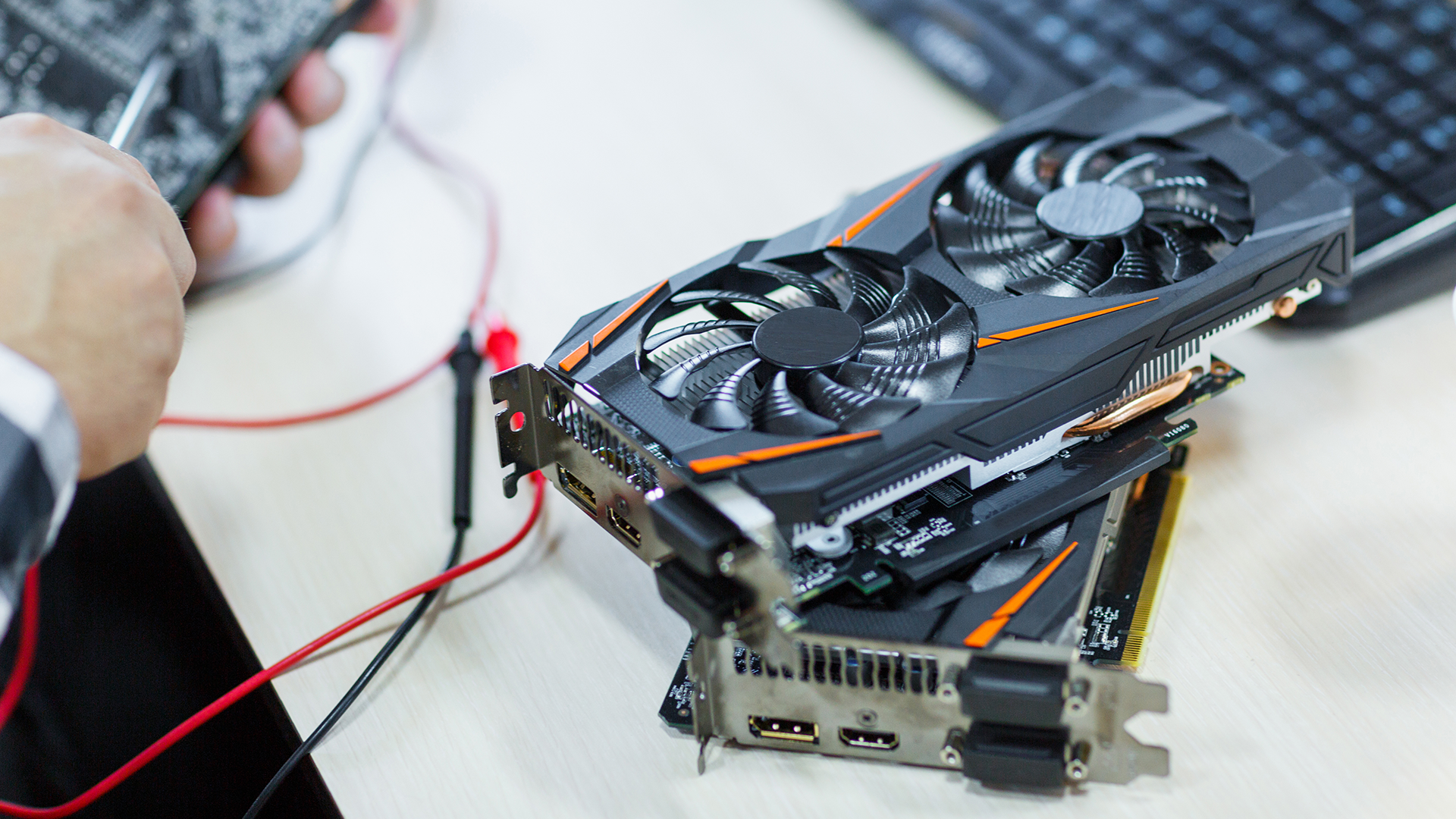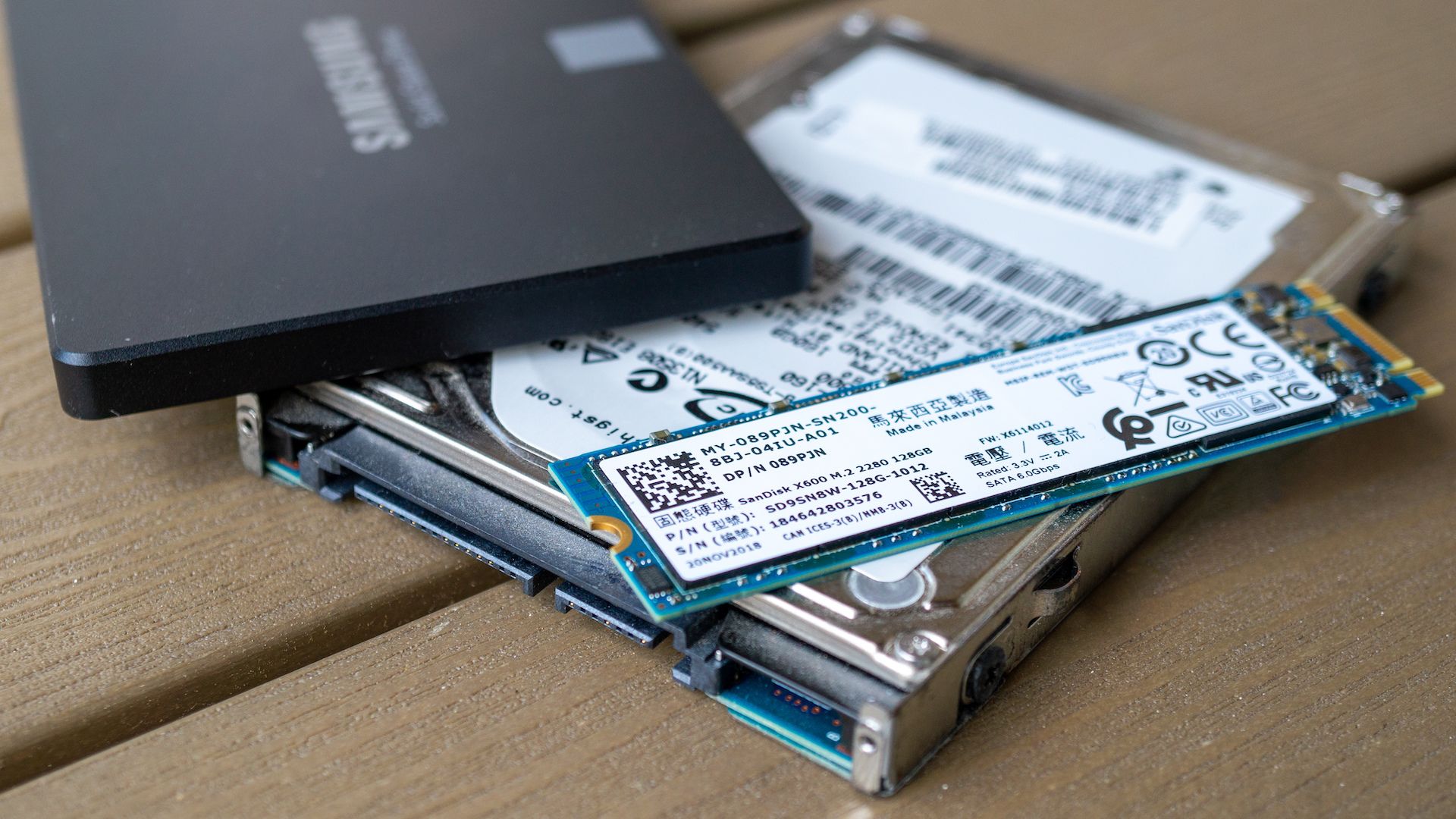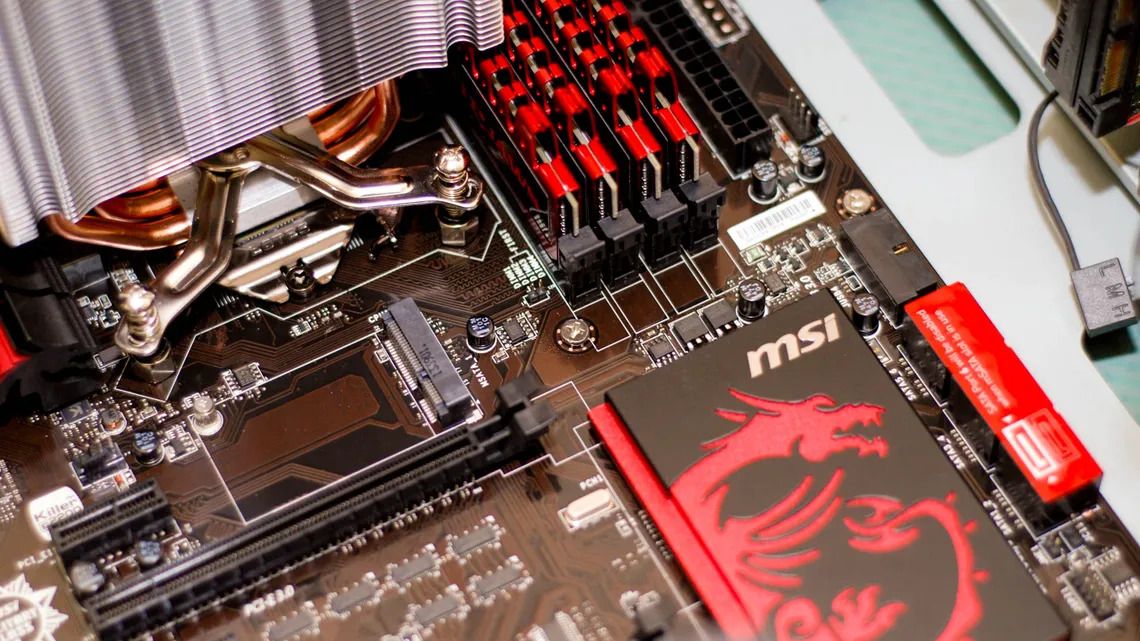
Boost Your PC's Performance: 7 Crucial Factors to Determine Whether You Need a New Motherboard

Planning to upgrade your PC? Ensure your motherboard can handle it! Explore key factors like processor compatibility, RAM type, GPU accommodation, storage upgrades, ports, power supply, and the possibility of chain-upgrading Make informed decisions for a seamless and efficient PC upgrade
Desktop computers are renowned for their upgradability, which serves as a primary factor in their appeal to consumers. In the event of a malfunction or obsolescence, users have the convenience of replacing old or faulty parts with newer ones, thereby restoring seamless functionality.
Nevertheless, with advancing technology, there are instances when the currently available components fail to align with the slots in your computer. In such cases, it becomes necessary to contemplate investing in a new motherboard.
But how to know if you need to buy it now or if you can wait some more time to do so? That's precisely what this guide helps with.
1. Do Your New Processor Require a New Motherboard?
When shopping for a new processor, it is crucial to consider that a new motherboard will likely be required as well. This is due to the fact that the socket on the motherboard, which the CPU connects to, undergoes changes every few generations.
To elaborate on Intel's case, their Core CPUs utilized the same socket from the sixth to the ninth generation. However, a new format was introduced for the tenth and eleventh generations, followed by another format for the 12th and 13th generations.
To determine the generation of an Intel CPU, simply examine its model number: if it consists of four digits, such as 7210, or five digits, like 12700. Additional letters following the digits are currently irrelevant. For four-digit models, the generation corresponds to the initial digit—thus, the 7210 belongs to the 7th generation. In the case of five-digit models, the generation is determined by the first and second digits—hence, the 12700 denotes the 12th generation.
Seasontime/Shutterstock.com
As of 2023, the rule for Intel processors is quite simple:
Gen 1: socket model LGA 1156
Gens 2 and 3: socket model LGA 1155
Gens 4 and 5: socket model LGA 1150
Gens 6 to 9: socket model LGA 1151
Gens 10 and 11: socket model LGA 1200
Gens 12 to 14 (TBA) feature the LGA 1700 socket model.
It is important to note that the socket model numbers indicate the number of pins used to connect the CPU and motherboard. Consequently, a newer socket may have a lower number compared to older ones, such as the LGA 1155 and 1150 models, with 1150 being the newer version.
Regarding AMD processors, the fundamental concept remains quite similar. AMD, having made a recent reentry into the high-end CPU market, has socket models that go up until 2016. The nomenclature also shares similarities, although AMD's Ryzen CPUs presently belong to the 7th generation, so there are no 5-digit models available.
Additionally, AMD presents both simplicity and complexity when it comes to socket formats. Unlike Intel, which has modified its socket formats three times since 2017, AMD has only made two changes... for the most part.
AMD uses two different types of sockets for its CPUs. The first type is used for most of its desktop CPUs, commonly known as "regular" Ryzen. The second type is specifically designed for high-end consumer and server markets and is used for the Ryzen Threadripper line. Interestingly, the socket models for the high-end niche have changed three times.
To further complicate matters, there are two distinct types of Threadripper CPUs. The initial version, referred to as the "regular" ones, were discontinued after the 3000 series. Subsequently, the "Pro" versions were introduced in the 3000 series.
Hence, there is one socket that is compatible with both the 1000 and 2000 series of Threadripper processors, while the 3000 series has two socket options depending on the model. However, starting from the 5000 series in 2023, there is only one socket available again. It is worth noting that there are no Threadrippers in the 4000 and 7000 series, and the 6000 series only includes laptop CPUs. This leads to a considerable level of confusion.
In contrast, Intel does have distinct socket formats for servers. Unlike AMD, these socket formats are not marketed directly to end users.
Eshma/Shutterstock.com
With the differences (kind of) explained, here is the socket list for AMD CPUs as of 2023:
Ryzen 1000 series to Ryzen 6000 series: AM4
Ryzen 7000 series: AM5
Ryzen Threadripper 1000 and 2000 series: TR4
Ryzen Threadripper 3000 series: sTRX4
As of September 2023, the Ryzen Threadripper Pro 3000 and 5000 series CPUs, with the sWRX8 socket, are available on the market. However, the much-anticipated Threadripper 7000 series CPUs are yet to be launched by AMD. Although AMD has confirmed a release before the end of the year, there is still speculation regarding the specific socket they will utilize.
Heatsinks
In conclusion, it is evident that a motherboard designed for an Intel CPU socket cannot be utilized with an AMD processor, and vice versa. It should be noted that the formats employed by each company are entirely distinct.
Heatsinks and coolers, closely tied to CPUs, warrant a dedicated section for a straightforward reason: without a quality one, your brand new processor will be cooked within mere hours.
However, the situation is more straightforward: both companies have maintained a consistent heatsink design for the majority of their processor generations. The change occurred with Intel's 1700 socket and AMD's AM5 socket. As a result, Intel Core CPUs ranging from the first to the 11th generation share the same heatsink design, similarly, AMD's Ryzen processors from the 1000 to the 5000 series follow this pattern. Furthermore, any AM4 heatsink with a removable backplate is compatible with AM5 processors. For those with fixed backplates, an adapter can be used.
It should be noted that Threadripper heatsinks differ from those intended for regular Ryzens, but the positive aspect is that the design remains consistent across all three Threadripper generations. Additionally, it is important to mention that heatsink models cannot be swapped between Intel and AMD processors due to their differing socket formats.
2. Are You Upgrading Your RAM Type?
Another specification tightly coupled with CPU compatibility is the RAM version. Luckily, things are simpler here as well.
Compatibility Between DDR Versions and Socket Types
For starters, motherboards for AMD's AM4 socket only support DDR4 memories. AM5 CPUs can only handle DDR5.
Number of RAM Slots
Intel offers compatibility with DDR4 for all motherboards released during the first to the 13th Core generations, encompassing LGA 1156, 1155, 1150, 1151, 1200, and 1700 socket types. Furthermore, the motherboards designed specifically for LGA 1700 sockets also support DDR5.
jultud/Shutterstock.com
Also to take into consideration is the amount of memory slots. Most people are fine with their RAM running dual—or even single—-channel.
3. Can Your Motherboard Accommodate a New GPU?
If you desire to utilize a quad-channel (or octa-channel, though that may be excessive) configuration, ensure that both the CPU model and motherboard are capable of supporting it. It is not enough for the motherboard to simply have four RAM slots; it is essential to meticulously review the specifications to verify its compatibility with a quad-channel setup.
Previously, this section would have been more complex. NVidia and AMD used to promote their multi-GPU solutions as a way to enhance gaming performance, which required several large PCIe slots to accommodate multiple graphics cards.
However, modern GPUs are now powerful enough to handle AAA games on their own. While those constructing workstation setups may still find value in NVLink or AMD's mGPU, it is evident that this is a specialized scenario, as both companies now exclusively offer multi-GPU applications for their professional products.
Alfa Photostudio/Shutterstock.com
However, the number and placement of PCIe slots on the motherboard are still important for various reasons. In today's world, we have GPUs that occupy two, three, or even four slots on both the chassis' back panel and the motherboard itself. It's not that they actually connect to all of these slots, but rather because the heatsink and cooling fans have grown so large that a desktop graphics card can be as thick as two laptops stacked on top of each other.
4. Are Your Storage Upgrades Compatible With Your Motherboard?
: This is rarely a problem for the majority of individuals, including those constructing gaming setups, as the majority of PCIe slots are typically unoccupied, with only one being utilized by the graphics card. Nevertheless, if one desires to integrate additional PCIe devices such as a video capture card or extra USB ports, it can be frustrating to have all the slots blocked by the GPU.When purchasing a new motherboard, it is important to consider the differences in PCIe slots as well as their varying locations. Additionally, it is crucial to pay attention to the M.2 ports for SSD storage.
Three factors to keep in mind are the quality, quantity, and compatibility. Let's explore each one in detail.
Firstly, quantity is not always the determining factor. Opting for a motherboard with a single PCIe Gen 4 M.2 slot, which is utilized by the fastest SSDs, may prove to be a better choice than one with two PCIe Gen 3 slots. It is important to consider whether you truly require additional storage in the future and if you will be able to fully utilize it.
However, quantity does hold significance. If you aim to achieve a balance between performance and storage capacity within your SSDs, it is advisable to seek out a motherboard with at least a couple of M.2 slots. Otherwise, you may have to rely on SATA drives for a longer period of time.
Corbin Davenport
In order to ensure compatibility, it is important to consider both of the aforementioned parameters. It is worth noting that many motherboards are equipped with one PCIe Gen 4 slot and one PCIe Gen 3 slot. Additionally, if you possess mSATA SSDs, it is crucial to confirm that the motherboard supports this particular format.
And, when it comes to SATA, let's not overlook the 2.5" SSDs, the traditional hard drives, and even optical drives. If your aim is to transfer all of your existing last-generation storage devices to the new motherboard, it must offer an adequate number of SATA connectors. However, it's advisable not to make the mistake of connecting an M.2 SSD to one of them, similar to the unfortunate incident shared by a Reddit user.
5. Do You Have Enough Ports?
Don't overlook your onboard connections! Have you checked if the motherboard in your shopping cart has sufficient USB ports for your daily devices? Is the network card a Gigabit one? And let's not forget about the audio jacks, especially if you prefer using traditional headsets.
Speaking of which, do you possess any Thunderbolt or USB 4 devices? Although desktop motherboards with support for these technologies can still be pricey, it's always wise to future-proof your setup. While contemplating these non-essential but highly desirable features, also consider an onboard wireless card—many modern motherboards now offer support for Wi-Fi 6 and Bluetooth.
6. Will a New Power Supply Require a New Motherboard?
Although brief, this section holds great significance. Picture a scenario where you have everything necessary for your new setup, yet lack the sufficient power to even power it on. Therefore, it is crucial to prioritize the inclusion of a reliable Power Supply Unit (PSU).
Hannah Stryker
The good news is that power supply connectors, known as ATX, have remained relatively unchanged for many years, similar to SATA or PCIe ports. Unlike CPU or RAM slots, which often require updates, ATX connectors are unlikely to undergo significant changes anytime soon, except for optional enhancements. This means that if you have already determined the necessary wattage for your power supply unit (PSU) and your current PSU is still performing adequately with a reasonable margin of extra power, there is no need to spend additional money.
But, if the budget is going great, why not update that component too? There's no such thing as too big of a PSU anyway.
7. Will a Single Hardware Change Set Off Chain-Upgrading?
When discussing budget, it is important to always consider the initial factor: your spending limit. This will assist in determining the priority order for the components.
If you decide to purchase a new CPU with a different socket, a new motherboard will be necessary. Additionally, there is a possibility that you may also need to replace your current RAM modules if they are incompatible with the upgrade.
To transition from DDR4 to DDR5 RAM, purchasing a new motherboard and processor is highly likely necessary. It is crucial to have enough funds to cover all three upgrades; otherwise, the new components will remain useless and money will be wasted, resulting in unused parts sitting in storage.
When upgrading your graphics cards, it is highly probable that a new PSU will be required. Fortunately, a powerful power supply won't cost more than $300, which is a significant expense but much more reasonable compared to a $900 GPU.
Jason Fitzpatrick
Got a new PCIe Gen 4 NVMe SSD? It's going to compete with the GPU for bandwidth, therefore you may need a more advanced motherboard than anticipated.
The point is: when introducing a new component, it is likely that upgrading another component will be necessary. This, in turn, may require purchasing a third component, and so forth. Having clear priorities enables you to identify areas where you can take shortcuts, and where you need to strictly adhere to the plan. Don't forget to consult our buying guides for the best deals on your new parts!
Motherboards Are Called That for a Reason
You are likely to encounter performance bottlenecks in your setup unless you decide to invest a significant amount of money or dedicate extensive time to optimizing each component. However, motherboards can play a crucial role in preventing or alleviating this issue. By selecting a motherboard based on your specific requirements and maximizing its potential, you significantly reduce the likelihood of any single component slowing down the rest of your setup.
